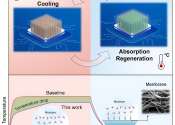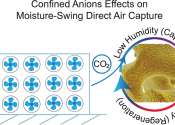Study finds rerouting of airplanes to reduce contrails not as expensive as thought
A small team of environmental scientists has found via simulations that rerouting commercial airplanes to reduce contrails would be less expensive than previously thought. In their study, published in the journal Environmental ...









